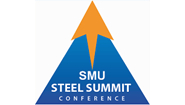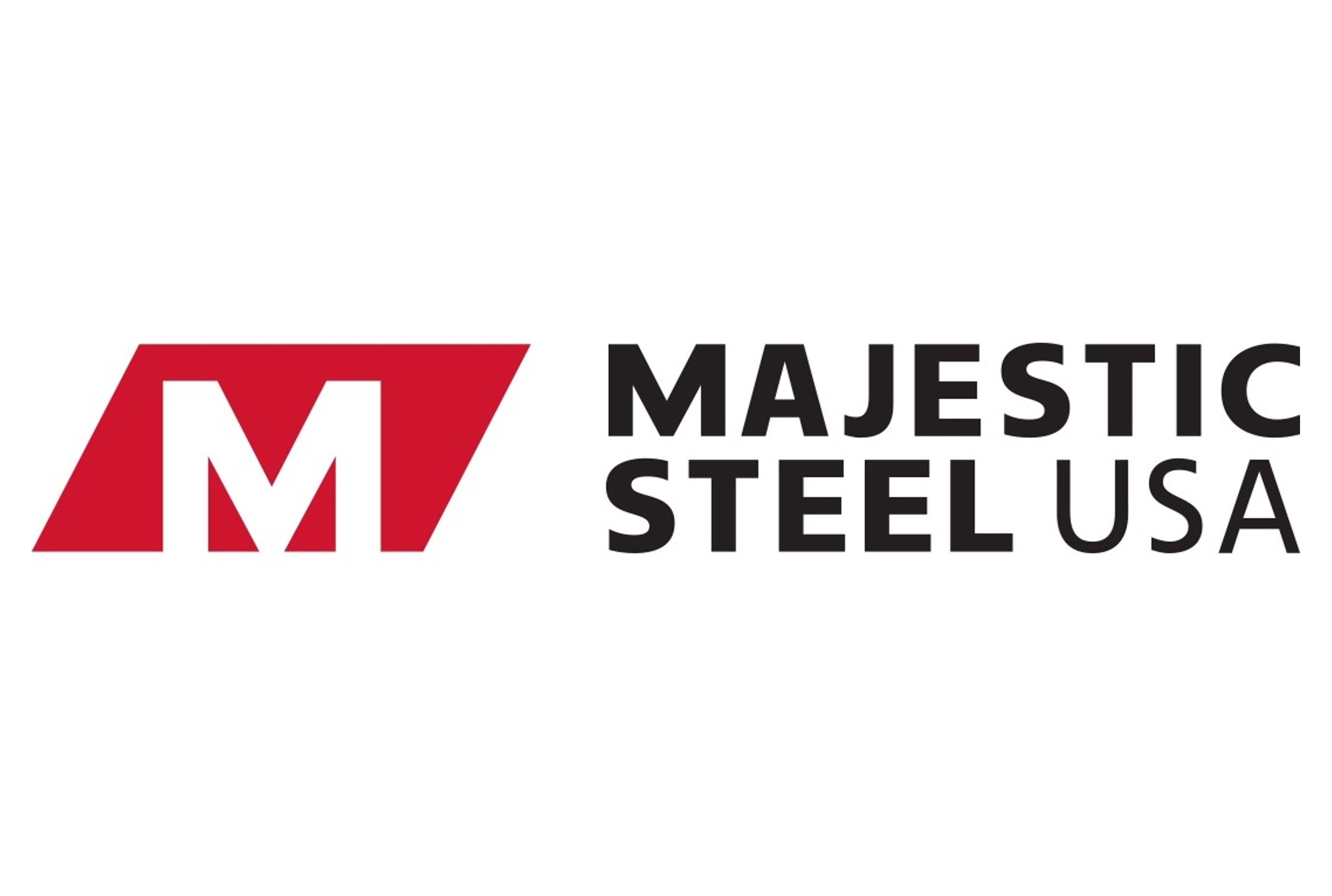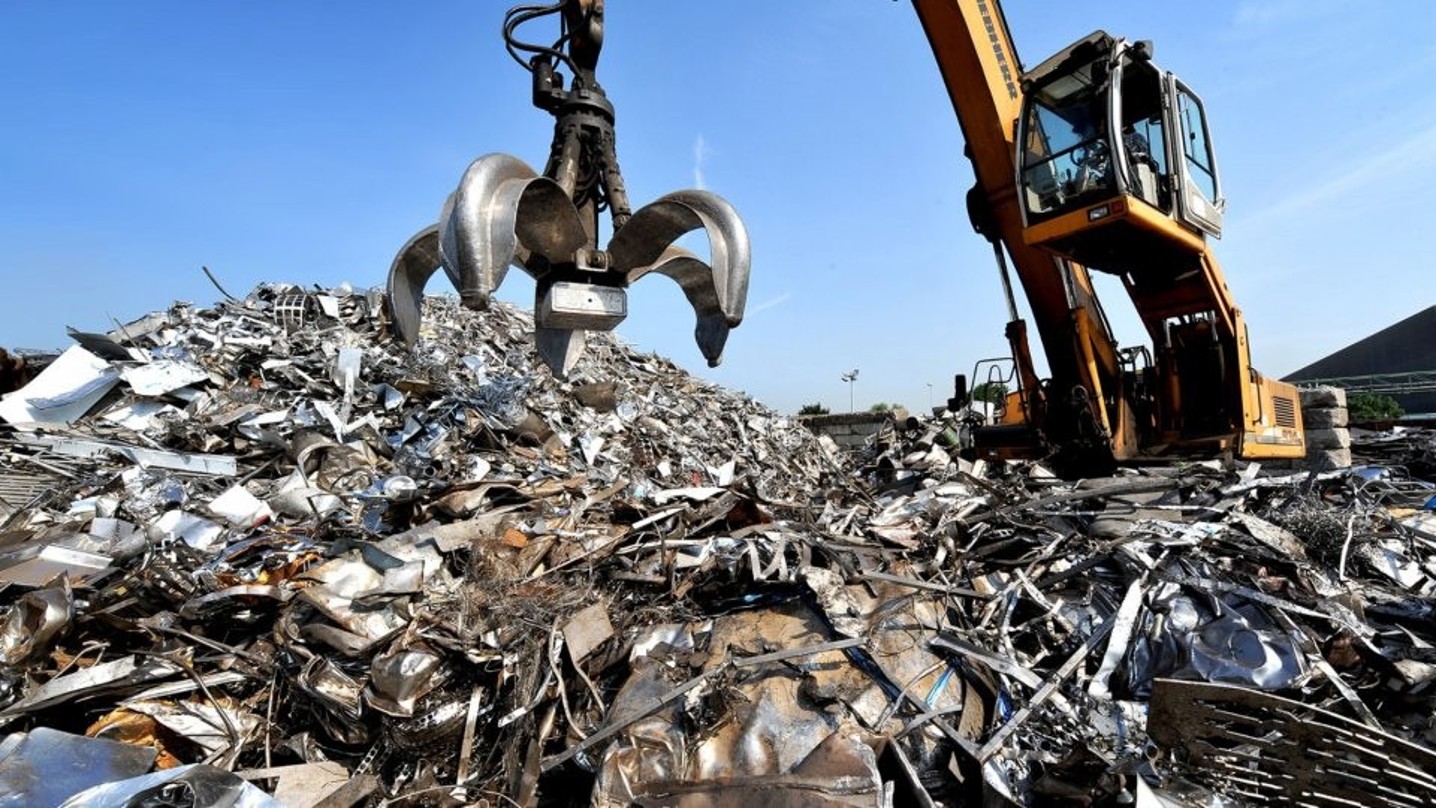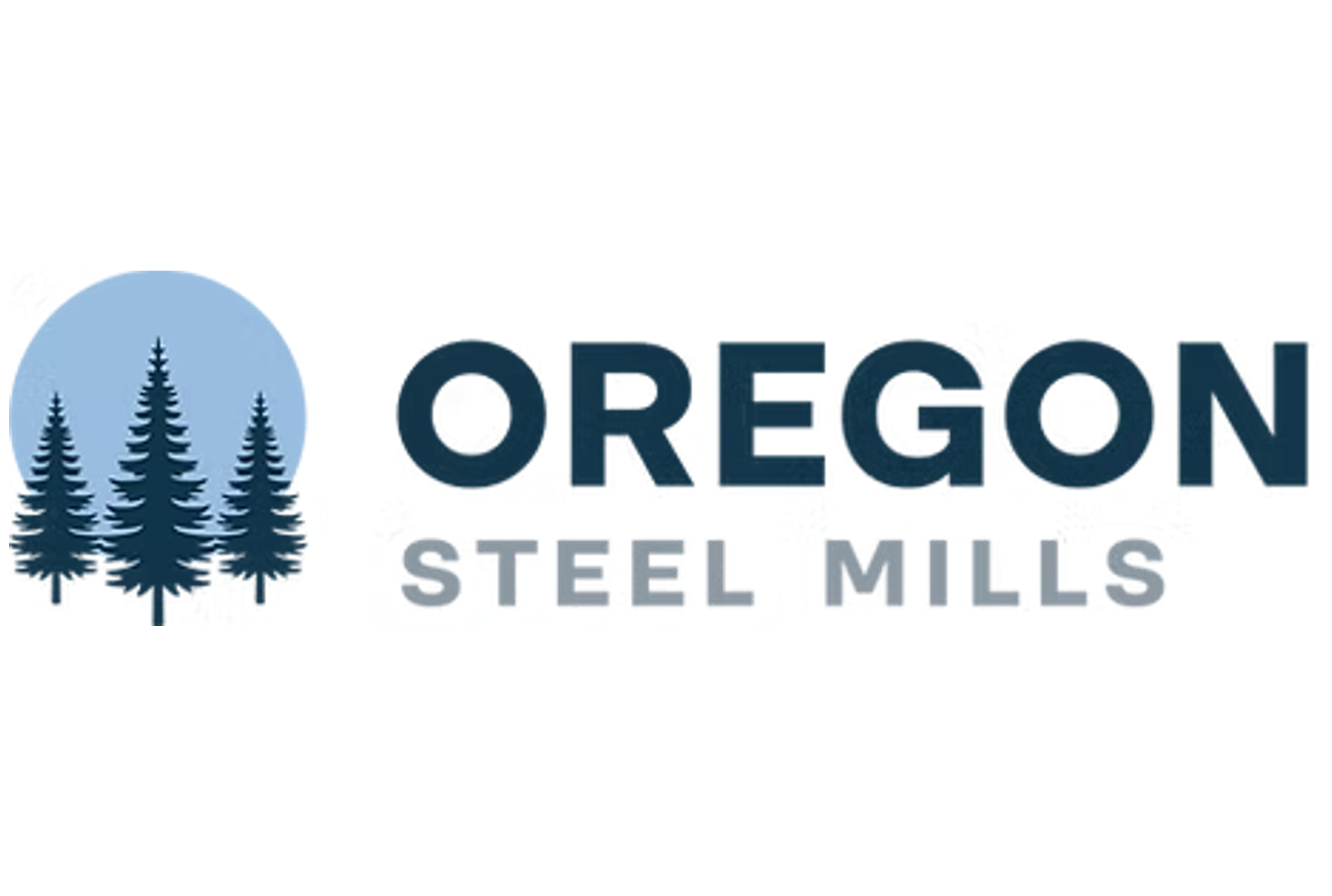Product

August 25, 2022
Steel Summit Panel: Automotive Market's Shift to Electric Vehicles
Written by Brett Linton
The final program of last week’s Steel Summit Conference was a panel of three experts discussing the evolving automotive market and its shift towards electric vehicles (EV).
Panelists discussed how the automotive industry is transitioning to electric-vehicle offerings, covering an array of topics such as steel and aluminum needs for EVs, investments by automakers, light-weighting challenges, and what the automotive market might look like in future years.
![]()
Stephen Brown of Fitch Ratings set the stage by sharing his EV market forecasts and explaining regulatory impacts. He explained phase-out plans coming into place for internal combustion engine (ICE) vehicles and carbon dioxide emissions, noting that many nations will limit or ban new ICE vehicle sales at some point in the next 10-15 years.
Mr. Brown provided a few examples, including the UK’s ban on sales of new ICE vehicles beginning in 2030, China’s plans for 20% of all new vehicle sales to be electric by 2035, and how the US plans for 50% of all new vehicle sales to be EVs by 2030.
Brown also shared EV investment figures for many large automakers, highlighting that Ford, GM, and VW are investing $35-50 billion each into their EV initiatives throughout next few years.
The second presenter from the panel was Stephan Weng of A2MAC1. Mr. Weng discussed the importance of light-weighting in EVs for increased efficiency and driving range, and how the material composition of new vehicles is changing. Weng elaborated on weight improvement measures for EVs and key aspects of their differing construction over ICE powered vehicles.
The third and final speaker was aluminum research manager Stephen Williamson of CRU. Mr. Williamson discussed aluminum’s role in the EV supply chain, explaining that aluminum intensity will grow in the transition to EVs. He remarked that aluminum and steel will remain complementary products, each with advantageous applications in EV construction.
Investments are underway to support future battery demand, said Williamson, noting that an ‘EV battery belt’ is emerging as every automaker is building EV platform capacity. Regarding the shifting market, Williamson noted that high gas prices are spurring EV demand and that ICE vehicle sales have peaked, despite pent up demand.
By Brett Linton, Brett@SteelMarketUpdate.com







